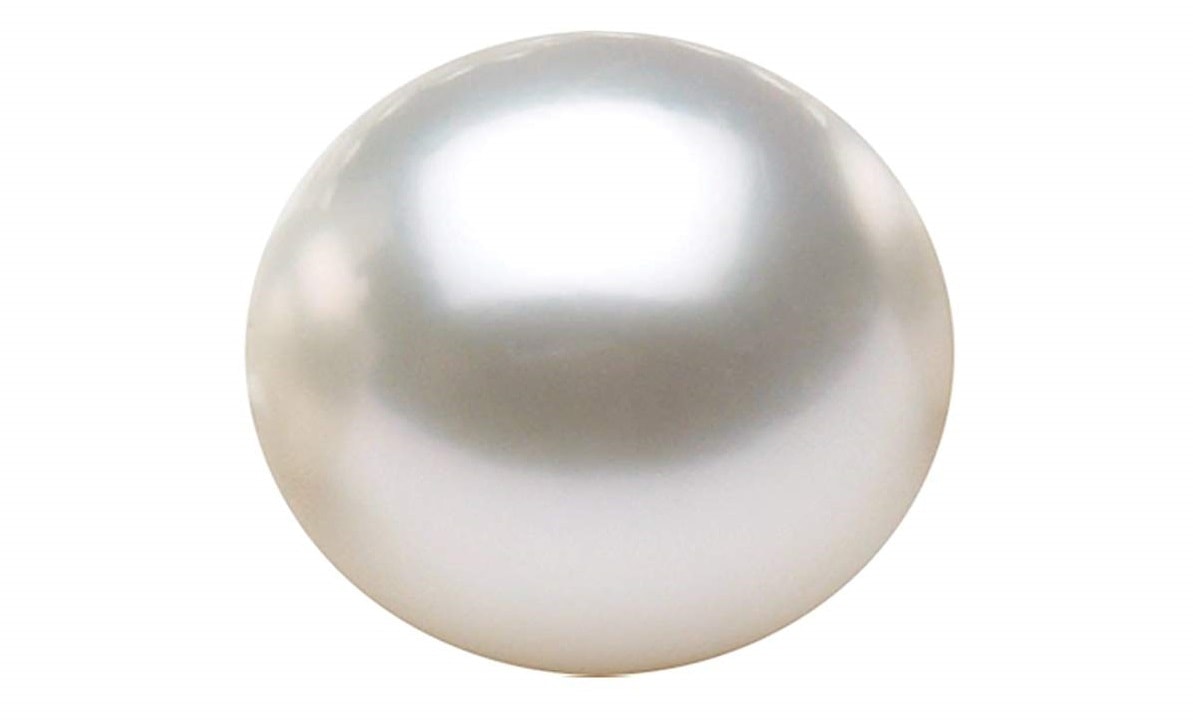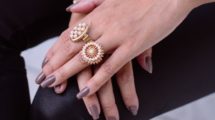Take a pearl in your hand and what do you immediately notice? Maybe you noticed the color, but what adds to the pearl’s instant appeal is the luster that shines off the surface.
A pearl’s luster has a huge impact on its value and beauty and is the most critical value factor when choosing pearls. You might be intrigued by a pearl’s color or shape, but if that pearl doesn’t shimmer and shine, reflecting light back to your eye, it’s going to look dull and tired.
Let’s take a look at how to choose a pearl’s luster and why it’s so important.
What is Pearl Luster?
Pearl luster is what gives a pearl its shine and reflective quality. It’s what creates immediate appeal when you look at a pearl and contributes heavily to the pearl’s overall value. It’s possibly the most important pearl value factor.
To understand how pearl luster works, we first need to know about pearl formation. We’ve written an entire article on that topic, but let’s recap in brief here.
A pearl is made up of calcium carbonate (which consists of millions of aragonite platelets) and conchiolin (an organic protein). These combine with other chemicals to create nacre, which is the shiny, iridescent substance found in the inner lining of shells and on the surface of pearls.
Notice the layers of nacre, stacked upon each other, which is how a pearl is formed. The quality of this formation has a direct bearing on the quality of the pearl’s luster.
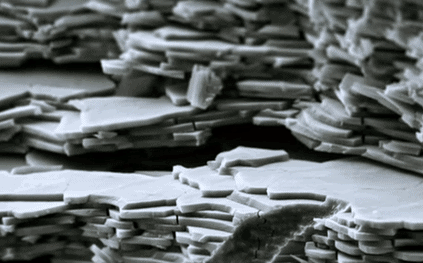
Notice the layer upon layer of nacre in a pearl’s formation.
So far, so good.
But how does this affect luster?
When light hits the pearl’s surface, it travels into the pearl, going through the layers of nacre. As it touches the tiny aragonite platelets, light is reflected back to the surface and to the viewer’s eye. Basically, the nacre breaks up the light and refracts it, which gives the pearl its reflective, shiny look.
The thicker the nacre, the better the luster. And, of course, the most beautiful pearls are those that have excellent luster.
How to Grade Pearl Luster
So if all pearls aren’t created equal, how do you know which has better luster? Here’s how pearl luster is graded:
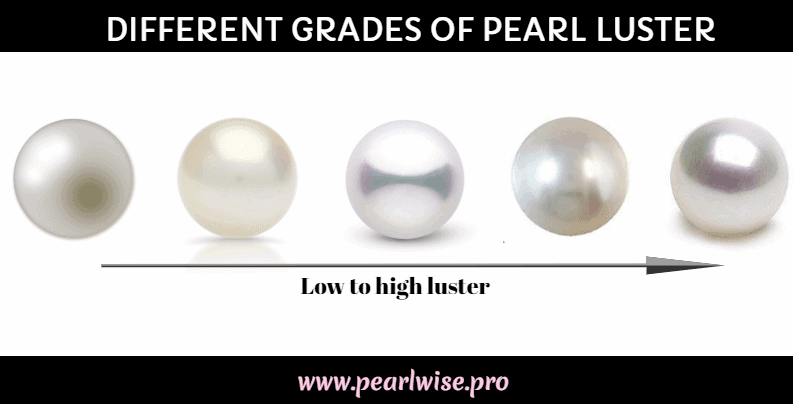
- Excellent: The reflections on the pearl are clearly defined and brilliant. Highly reflective with a metallic, mirror-like quality.
- Very Good: Lesser degree of reflectivity and shine. Reflections are bright, with a near-sharp quality. Almost perfectly defined.
- Good: The reflections are bright, but don’t have the sharpness of the higher grades. Slightly blurry around the edges. An object reflected in the stone can appear dull.
- Fair: The reflections are dull and not defined. There is little shine.
- Poor: Chalky and dull reflections, diffused and undefined. There is little to no shine and the pearl appears plastic-like.
Pearl luster is best seen when the pearl is taken in hand and rotated. Photos don’t always do justice to luster which should be seen under different sources of light.
Here’s a GIA evaluation of the five pearl luster grades.
The Connection Between Pearl Luster and Pearl Value
Of the five main factors used to judge the value of a pearl (size, shape, color, luster and surface quality), luster is probably the most important and has the greatest impact on a pearl’s value.
A pearl with higher luster will be more valuable and command higher prices than a similar pearl, all else being equal. However, a pearl that ticks all the other value boxes but has poor luster isn’t worth much.
Some exceptions to this general rule of thumb are keshi pearls, which have exceptional luster but are more affordable than most other types of pearls.
When buying pearls, always take the 5 value factors together, rather than isolating them, to make the best choice.
Which Pearls Show the Most Luster?
Of the four main types of pearls on the market, freshwater typically has the lowest luster while Akoya, Tahitian and South Sea (all saltwater pearls) exhibit much better luster.
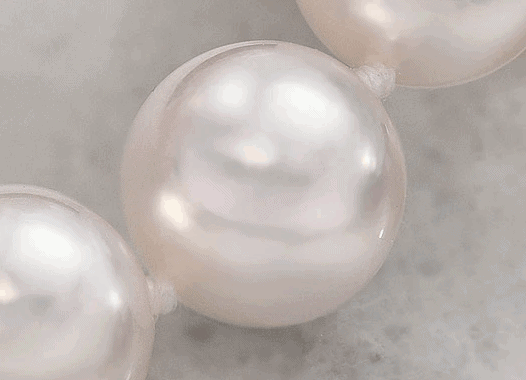
Freshwater pearls featuring excellent luster
However, in recent years, freshwater pearl cultivation processes have significantly advanced, with increasingly better technology used in farming these pearls.
As a result, modern freshwater pearls are becoming more lustrous and of much better quality, able to stand toe to toe with their saltwater relatives. A great example of this is the new variety known as Edison pearls, a type of high-end freshwater pearl.
Akoya pearls typically have exceptional luster and are easily recognizable. These are the most popular pearl variety as they offer great value and the quintessential pearl look.
Tahitian pearls, with their shimmering overtones, are also typically highly lustrous while Golden South Sea can be show-stopping in their beauty. However, there are variations within these varieties so it’s always good to take each pearl on a case by case basis.
Taking Care of Pearl Luster
Proper maintenance will ensure that your pearls remain lustrous and shiny for decades. However, poor care will result in faded, tired, sad looking pearls that lose their luster. Here’s a brief overview of how to maintain your pearl’s luster:
- Always store your pearls carefully in a breathable pouch or box that allows air circulation. Never place the pearls in a zip-locked, airtight container as that will dry them up and make them lose their luster, turn brittle and crack.
- Avoid any chemicals coming into contact with your pearls, including body sweat, chlorine from pools, household detergents, cosmetics, perfume and lotions. If they do, wipe the surface of your pearls to remove residue and keep them shiny.
- Never place the pearls in direct sunlight for prolonged periods of time.
- Wear the pearls regularly so your natural body oils keep them polished and lustrous.

